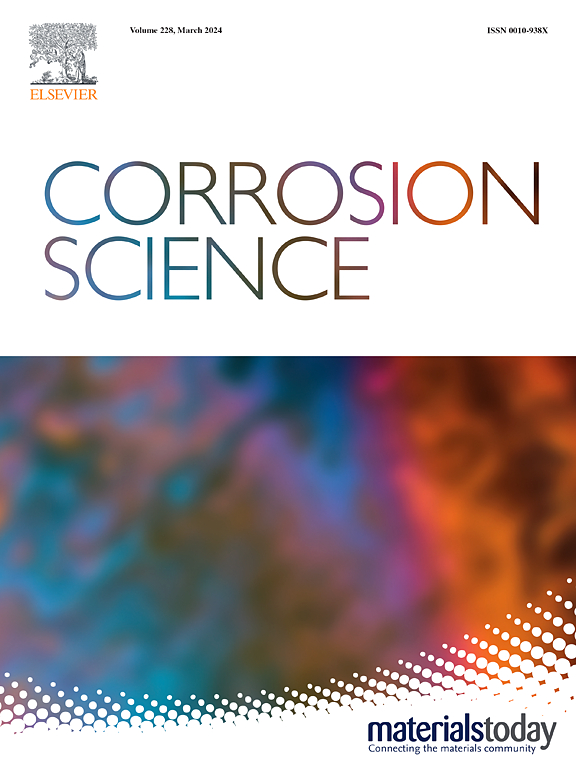Unveiling liquid Pb-Bi embrittlement of 316LN stainless steel under fatigue crack propagation tests through multiscale advanced characterization
IF 7.4
1区 材料科学
Q1 MATERIALS SCIENCE, MULTIDISCIPLINARY
引用次数: 0
Abstract
316LN austenite stainless steel (AuSS) is a candidate structural material for the reactor vessel in lead-bismuth eutectic (LBE) cooled fast reactor. However, the potential risks of liquid metal embrittlement (LME) and the associated damage mechanisms for 316LN AuSS in LBE remain poorly understood. In this study, the micro-mechanisms of fatigue crack growth (FCG) of 316LN AuSS in oxygen-saturated liquid LBE at 200–400 °C were investigated by multiscale advanced characterization techniques. The FCG rate increased significantly when the LBE temperature exceeded 300 °C and the stress intensity range (ΔK) surpassed approximately 20 MPa·m0.5. Initially, 316 LN AuSS exhibited ductile cracking, which subsequently transitioned to quasi-cleavage and ultimately to cleavage cracking. As the crack propagated, the interaction between plastic deformation and liquid LBE wetting induced the evolution of the microstructures ahead of the crack tip, accompanied by an increase in LME sensitivity. The crack preferentially propagated along the deformation-induced microstructural interfaces, including twin boundaries and planar dislocation bands at cleavage crack tip. Liquid Pb-Bi atoms preferentially segregated at these microstructural interfaces, promoting brittle cracking. Even trace amounts of Pb atoms doped on the high-density dislocation walls can promote the interfacial cleavage cracking under conditions of high stress concentration ahead of the sharpened crack tip.
求助全文
约1分钟内获得全文
求助全文
来源期刊

Corrosion Science
工程技术-材料科学:综合
CiteScore
13.60
自引率
18.10%
发文量
763
审稿时长
46 days
期刊介绍:
Corrosion occurrence and its practical control encompass a vast array of scientific knowledge. Corrosion Science endeavors to serve as the conduit for the exchange of ideas, developments, and research across all facets of this field, encompassing both metallic and non-metallic corrosion. The scope of this international journal is broad and inclusive. Published papers span from highly theoretical inquiries to essentially practical applications, covering diverse areas such as high-temperature oxidation, passivity, anodic oxidation, biochemical corrosion, stress corrosion cracking, and corrosion control mechanisms and methodologies.
This journal publishes original papers and critical reviews across the spectrum of pure and applied corrosion, material degradation, and surface science and engineering. It serves as a crucial link connecting metallurgists, materials scientists, and researchers investigating corrosion and degradation phenomena. Join us in advancing knowledge and understanding in the vital field of corrosion science.
 求助内容:
求助内容: 应助结果提醒方式:
应助结果提醒方式:


